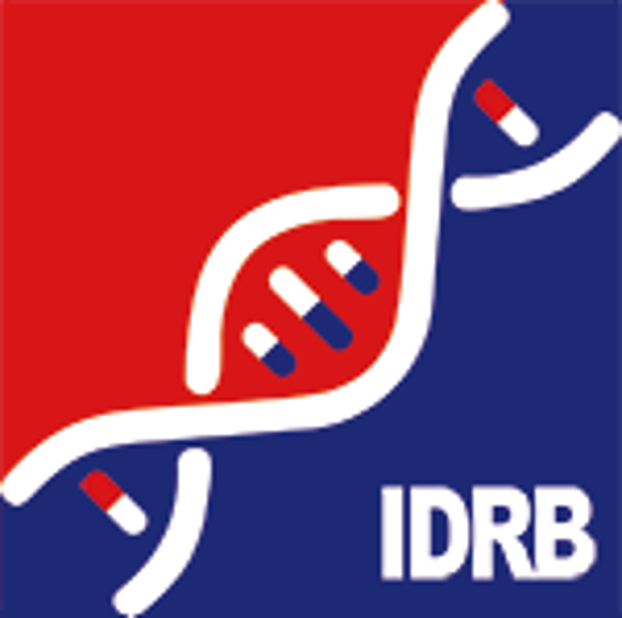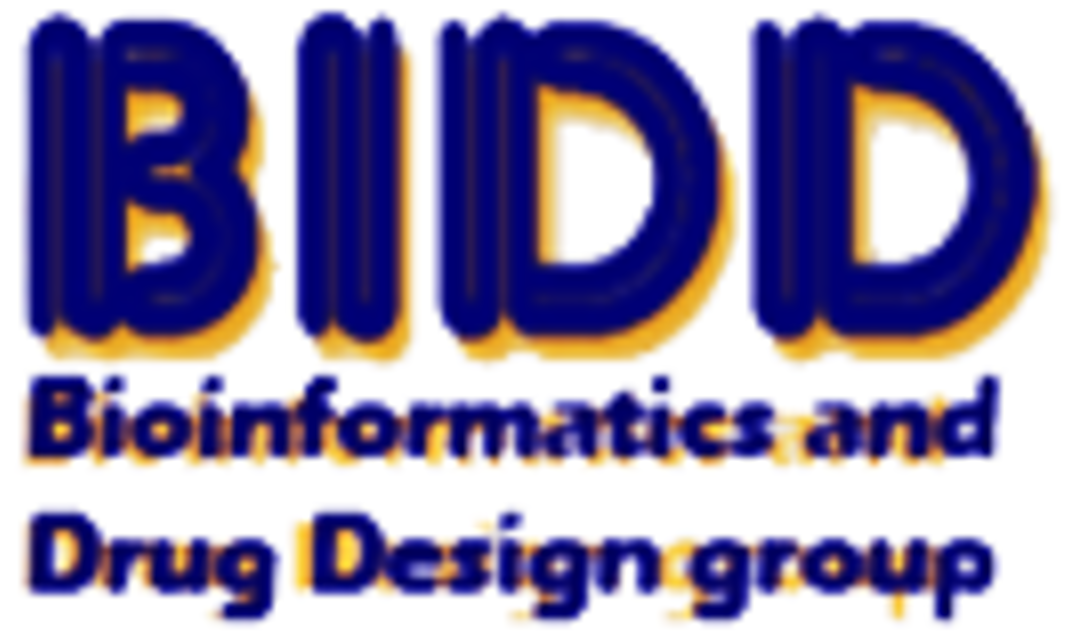| References |
Top |
| REF 1 |
Akt and CHIP coregulate tau degradation through coordinated interactions. Proc Natl Acad Sci U S A. 2008 Mar 4;105(9):3622-7.
|
| REF 2 |
PINCH in the cellular stress response to tau-hyperphosphorylation. PLoS One. 2013;8(3):e58232.
|
| REF 3 |
CHIP and Hsp70 regulate tau ubiquitination, degradation and aggregation. Hum Mol Genet. 2004 Apr 1;13(7):703-14.
|
| REF 4 |
U-box protein carboxyl terminus of Hsc70-interacting protein (CHIP) mediates poly-ubiquitylation preferentially on four-repeat Tau and is involved in neurodegeneration of tauopathy. J Neurochem. 2004 Oct;91(2):299-307.
|
| REF 5 |
A caspase cleaved form of tau is preferentially degraded through the autophagy pathway. J Biol Chem. 2010 Jul 16;285(29):21978-87.
|
| REF 6 |
The high-affinity HSP90-CHIP complex recognizes and selectively degrades phosphorylated tau client proteins. J Clin Invest. 2007 Mar;117(3):648-58.
|
| REF 7 |
Involvement of endoplasmic reticulum stress in tauopathy. Biochem Biophys Res Commun. 2013 Jan 11;430(2):500-4.
|
| REF 8 |
CHIP-Hsc70 complex ubiquitinates phosphorylated tau and enhances cell survival. J Biol Chem. 2004 Feb 6;279(6):4869-76.
|
| REF 9 |
Identification of VCP/p97, carboxyl terminus of Hsp70-interacting protein (CHIP), and amphiphysin II interaction partners using membrane-based human proteome arrays. Mol Cell Proteomics. 2006 Feb;5(2):234-44.
|
| REF 10 |
Imbalance of Hsp70 family variants fosters tau accumulation. FASEB J. 2013 Apr;27(4):1450-9.
|
| REF 11 |
Stimulatory effect of -synuclein on the tau-phosphorylation by GSK-3. FEBS J. 2011 Dec;278(24):4895-904.
|
| REF 12 |
BAG-1 associates with Hsc70.Tau complex and regulates the proteasomal degradation of Tau protein. J Biol Chem. 2007 Dec 21;282(51):37276-84.
|
| REF 13 |
Prolyl-isomerase Pin1 accumulates in lewy bodies of parkinson disease and facilitates formation of alpha-synuclein inclusions. J Biol Chem. 2006 Feb 17;281(7):4117-25.
|
| REF 14 |
The prolyl isomerase Pin1 restores the function of Alzheimer-associated phosphorylated tau protein. Nature. 1999 Jun 24;399(6738):784-8.
|
| REF 15 |
Process outgrowth of oligodendrocytes is promoted by interaction of fyn kinase with the cytoskeletal protein tau. J Neurosci. 2002 Feb 1;22(3):698-707.
|
| REF 16 |
Disease-related modifications in tau affect the interaction between Fyn and Tau. J Biol Chem. 2005 Oct 21;280(42):35119-25.
|
| REF 17 |
The mammalian-membrane two-hybrid assay (MaMTH) for probing membrane-protein interactions in human cells. Nat Methods. 2014 May;11(5):585-92.
|
| REF 18 |
In silico prediction of physical protein interactions and characterization of interactome orphans. Nat Methods. 2015 Jan;12(1):79-84.
|
| REF 19 |
NUB1 modulation of GSK3 reduces tau aggregation. Hum Mol Genet. 2012 Dec 15;21(24):5254-67.
|
| REF 20 |
Interaction between tau and alpha-synuclein proteins is impaired in the presence of P301L tau mutation. Exp Cell Res. 2005 Aug 1;308(1):78-84.
|
| REF 21 |
Parkinsonian neurotoxin 1-methyl-4-phenyl-1,2,3,6-tetrahydropyridine (MPTP) and alpha-synuclein mutations promote Tau protein phosphorylation at Ser262 and destabilize microtubule cytoskeleton in vitro. J Biol Chem. 2011 Feb 18;286(7):5055-68.
|
| REF 22 |
alpha-Synuclein and its disease-related mutants interact differentially with the microtubule protein tau and associate with the actin cytoskeleton. Neurobiol Dis. 2007 Jun;26(3):521-31.
|
| REF 23 |
alpha-synuclein binds to Tau and stimulates the protein kinase A-catalyzed tau phosphorylation of serine residues 262 and 356. J Biol Chem. 1999 Sep 3;274(36):25481-9.
|

